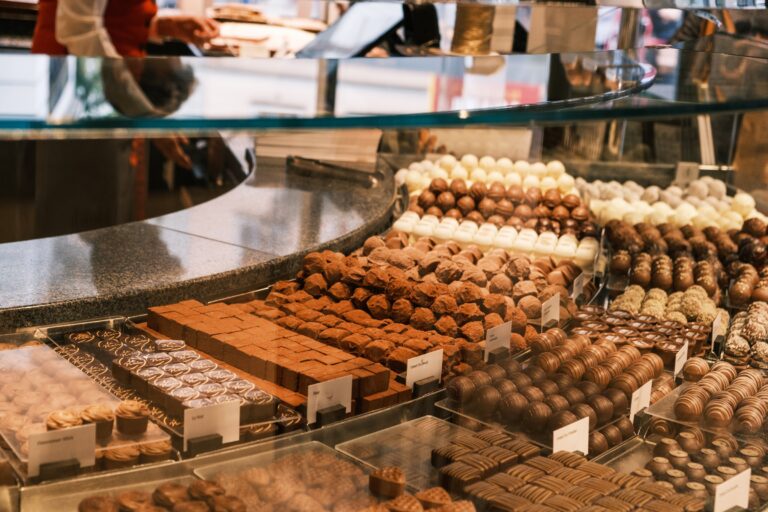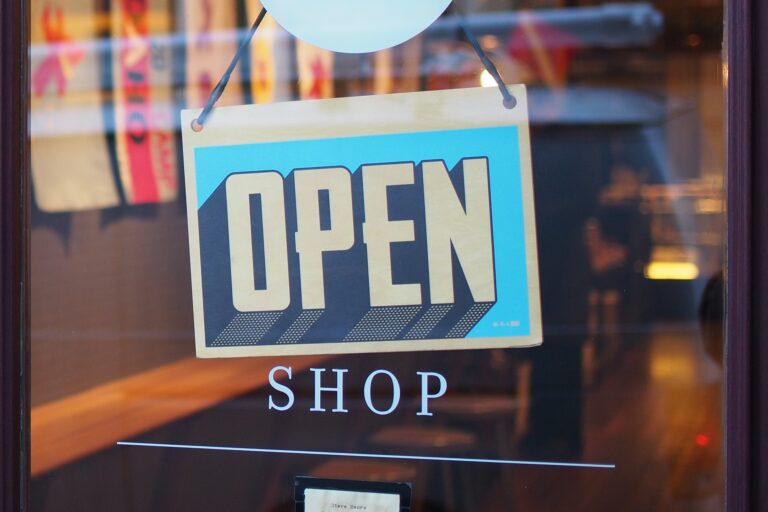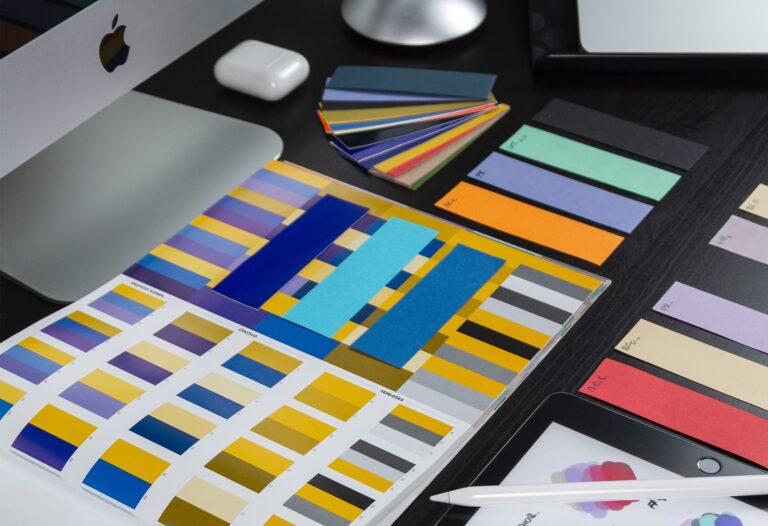Hobbyist to Professional: Making the Jump
Posted: 28 Jul 2023
The Sweet Journey: How to Successfully Transition from Hobbyist to Professional Chocolatier
Any chocolatier will tell you that making chocolate on a professional level is one of the most rewarding roles out there. It does however, take some knowhow and skill, which, as always, we’re here to help with!
by Joe Baker
28 July 2023
So, how do you get started as a chocolatier?
Preparation is the key to success here. Assuming you have the basics down (tempering, recipes and a general understanding of chocolate) then it’s important to consider these key points:
- Where will you buy your chocolate? Not dropping hints, but you probably need a supplier…
- Will you have a storefront or will your business be online only?
- Will you need machinery?
- What point of sale products will you be offering?
- Have you followed Government regulations?
While some of the above might sound a tad dull, it’s all part of running a chocolate business. You can’t have the sweet, without the sour!


Setting up shop
It’s obviously very hard to predict how your first day will go, but it’s important to make sure you have a plan in place. Firstly, do you have enough stock to cover walk-in customers and online orders? Have you hired staff to help run the shop or will you be running it solo? And finally, will you go for traditional recipes, or something contemporary?
These questions only scratch the surface, as your own personality and ideas will naturally work their way into your shop and recipes, but they remain important, nonetheless.
Cash and outgoings
Running a chocolate shop (like any other business) obviously comes with its costs, however, it’s important to nail these down initially and understand your general running costs. Some of these should be:
- Chocolate (obviously) and accessories
- Website setup and/or shopfront renting or purchase
- Shop setup for display cabinets and onsite kitchen
- Cold transportation if chocolates are made offsite
- Food safety certificates
General running costs:
- Labour costs (yourself included!)
- Electricity bills
- Regular required purchases (ingredients and packaging)
- Wastage

Branding
With all that paperwork and red tape sorted and it’s now time for a bit of creativity by injecting your personality into your brand. This should represent your shop as a whole and you as a chocolatier! If you’re opting for a traditional chocolate shop, using traditional visuals such as ballotin towers and cream filled chocolates with a gold or silver font logo would reflect this. Or, let’s say you’ve opted for a more relaxed Spring look. Pastel colours with playful logo fonts and colourful chocolates best reflect this.
Of course, we can’t tell you what your own brand should be, your own vision and creativity will help bring this to life!
Once you’ve made the jump…
So, you’ve made the leap to becoming a professional chocolatier, congratulations! The key now after this, is consistency. Your wonderful customers will come to know and love your recipes, and (hopefully!) you’ll need to keep making them to the same superb quality your customers expect. But don’t forget to experiment! If you’re familiar with Keylink, you’ll know we encourage trying new ideas and recipes, it’s how the best ideas come about.
While this is a simplified breakdown and doesn’t cover the finer details, you should be able to get started on your exciting chocolate journey with this information in hand.
Happy chocolatiering!

Joe is a marketing executive, maker of baked goods and a Teesside accent so thick you could cut through it.
His favourite chocolate is Luker Nevado.
.svg)